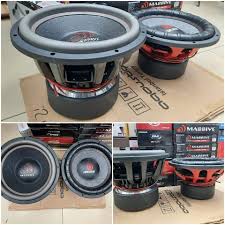Understanding SPL: Its Importance and Current Trends

Introduction to SPL
Sound Pressure Level (SPL) is a fundamental concept in audio engineering, acoustics, and environmental noise control. It serves as an important measurement of sound intensity, allowing professionals to evaluate sound quality, workplace safety, and compliance with noise regulations.
Importance of SPL in Various Fields
SPL is crucial across different industries, such as music production, construction, and environmental monitoring. For instance, in music production, maintaining optimal SPL levels is essential for audio quality. Producers often monitor SPL to ensure that sound levels are appropriate for mixing and mastering tracks, preventing distortion and preserving clarity.
In construction and urban planning, monitoring SPL is vital to safeguard worker health and meet sound regulations. OSHA (Occupational Safety and Health Administration) guidelines indicate that exposure to sounds exceeding 85 decibels over eight hours can lead to hearing damage. Therefore, construction sites often employ SPL monitoring systems to ensure compliance and prioritize worker safety.
Environmentally, SPL measurements help assess the impact of noise pollution on wildlife and human health. Governments and organizations deploy noise monitoring stations to gather data on urban noise levels, evaluate the effectiveness of sound barriers, and inform community planning efforts aimed at reducing noise pollution.
Recent Trends and Developments
Recent advancements in technology have enhanced the accuracy and accessibility of SPL measurements. Digital sound level meters, smartphone applications, and advanced data analytics have made it easier for individuals and organisations to monitor and interpret SPL data. For example, mobile apps allow users to measure SPL in real-time, providing immediate feedback for various applications ranging from live events to industrial sites.
Furthermore, the rise of sustainability initiatives has led to a greater focus on reducing noise pollution, linking SPL measurements to efforts aimed at creating healthier environments. Local governments are increasingly investing in noise mapping projects and establishing noise abatement strategies that rely on SPL data for effective policy implementation.
Conclusion and Future Implications
As SPL continues to play a pivotal role in various sectors, its relevance is expected to grow in tandem with technological advancements and increasing awareness of environmental issues. For professionals in audio engineering, construction, and environmental sciences, staying informed on SPL measurement methodologies and regulations will be essential in navigating the complexities of sound management. As noise regulations evolve, the ability to accurately measure and analyse SPL will remain vital in promoting acoustic health and balancing the needs of urban living.









